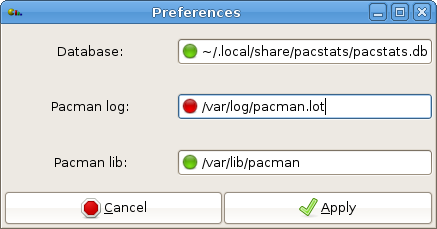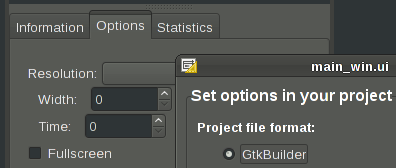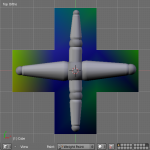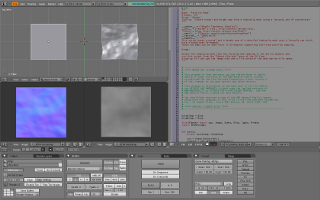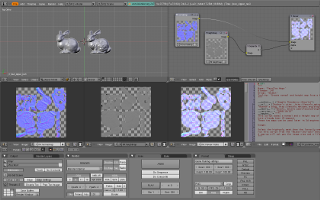Many months ago I was dealing with OpenGL, shaders and C++, the usual tools of a graphics programmer wannabe. 🙂
This time I’m writing about something completely different, the recent developments of PacStats.

The new PacStats logo
PacStats is a 2007 project that was born as a toy experiment borrowing a lot of GL O.B.S. code: it is a program that analyzes the log of pacman, the ArchLinux package manager, and then plots a bunch of statistical charts about its activity.
Have you ever wandered how many packages have a name that begins with the letter “F”, or who is the packager that has contributed the most? With PacStats you can easily answer to those questions. 😉
But what have been the main changes since 2007?
Well, first of all I have renewed the code as already done for GL O.B.S., so the GUI is now based on GtkBuilder, Matplotlib imports NumPy and the Python print statements have been converted to functions.
The program have also gained a toon shaded Blender made logo, and the possibility to be installed thanks to distutils through a very simple PKGBUILD that is already on AUR.
While some tables of the database have been refactored, the parsers made more robust and the base/derived chart classes relationship more polished, the most important news for the end users are represented by the possibility to configure the program through the GUI or a text file, the addition of a database information window and a menu item to optimize it and the addition of a couple of new charts and a toolbar to control them.

The Database Information window
The original project have been hosted for a long time on my personal site, but the efforts spent to reboot it have suggested the possibility to have it published in a more “official” way: as a matter of facts you can find it on Google Code.
I have been interested in this open source project hosting platform for a long time and until now I’m really satisfied by its streamlined yet flexible interface.
I’m also very glad to have employed Mercurial for source revision control, after having been positively struck by the git experience and been advocating distributed systems for quite some time now, my decision to use it instead of Subversion feels very natural. Sure enough it is a really nice tool, easier to grasp than git but capable of most of the things of its famous contender, written in Python but yet not suffering too much when coming to performance.
Just like every other free software I have been responsible for, I have created a project page on Ohloh too, have a look at it and enjoy your charts! 😉
